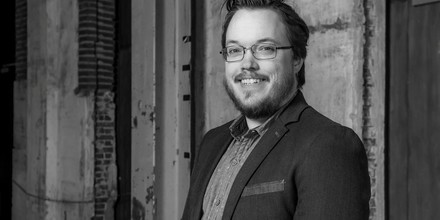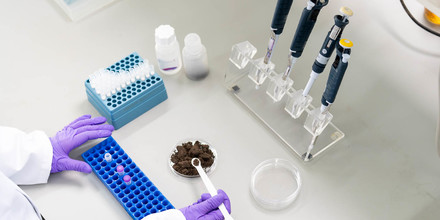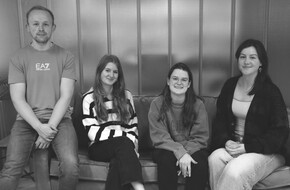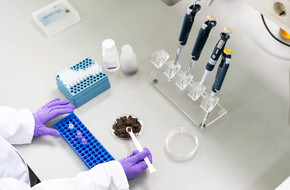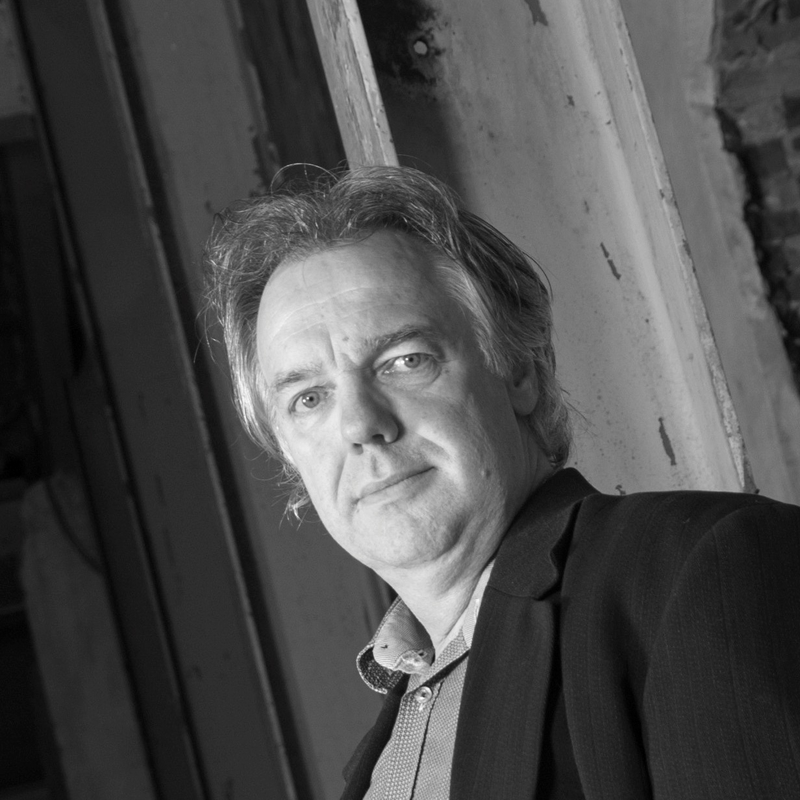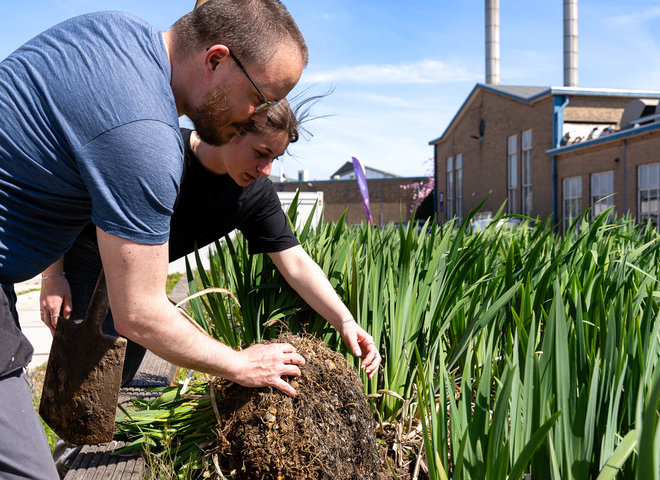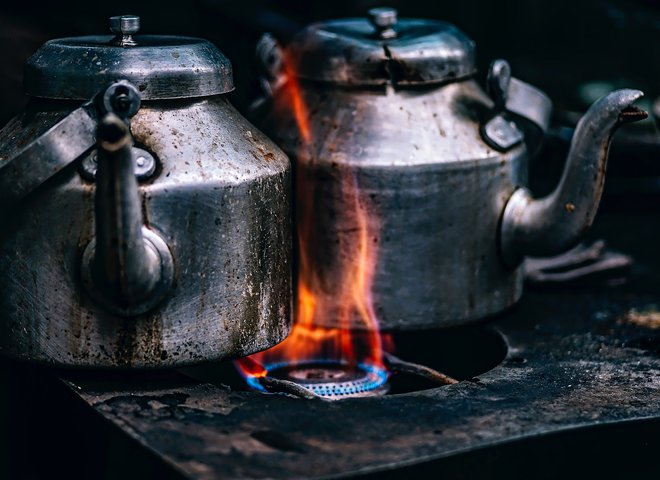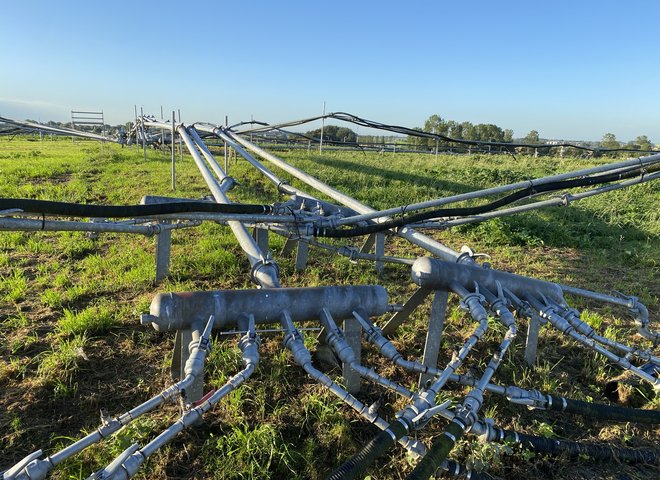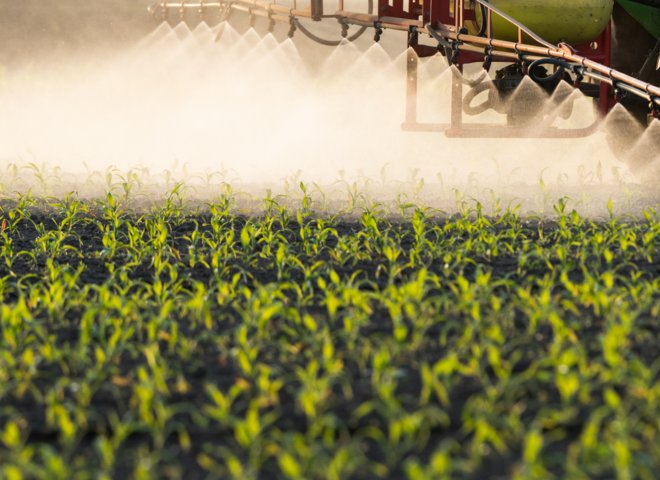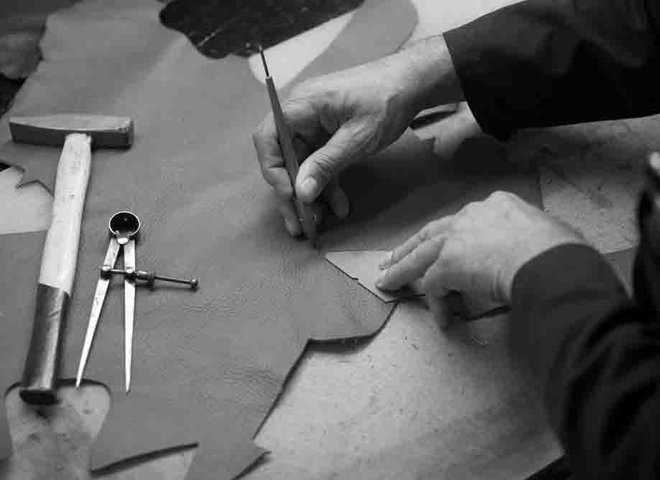New Focus on the soil remediation of a former gas plant site at Oude Tonge

Before 1969, the year that Goeree Overflakkee was connected to the natural gas network, most municipalities on the island used gas extracted from coal. In 1912 a gas plant was opened at Oude Tonge in order to produce this coal gas.
At that time, its main use was as a source for light and it was therefore called “light gas”. Today, the gas plant no longer exists, but the soil of the 1.2-hectares site still bears traces of the past. As a result of the production, the groundwater and the soil are contaminated with substances like thiocyanate, BTEX and PAHs.
In 2015 a partial remediation was carried out to reduce human and ecological risks. Unfortunately, the risk of slow dissemination of the contamination is not yet controlled sufficiently. Therefore, the Dienst Centraal Milieubeheer Rijnmond (DCMR) has commissioned Bioclear earth to study the possibilities of remediating the subsoil on this former industrial site.

